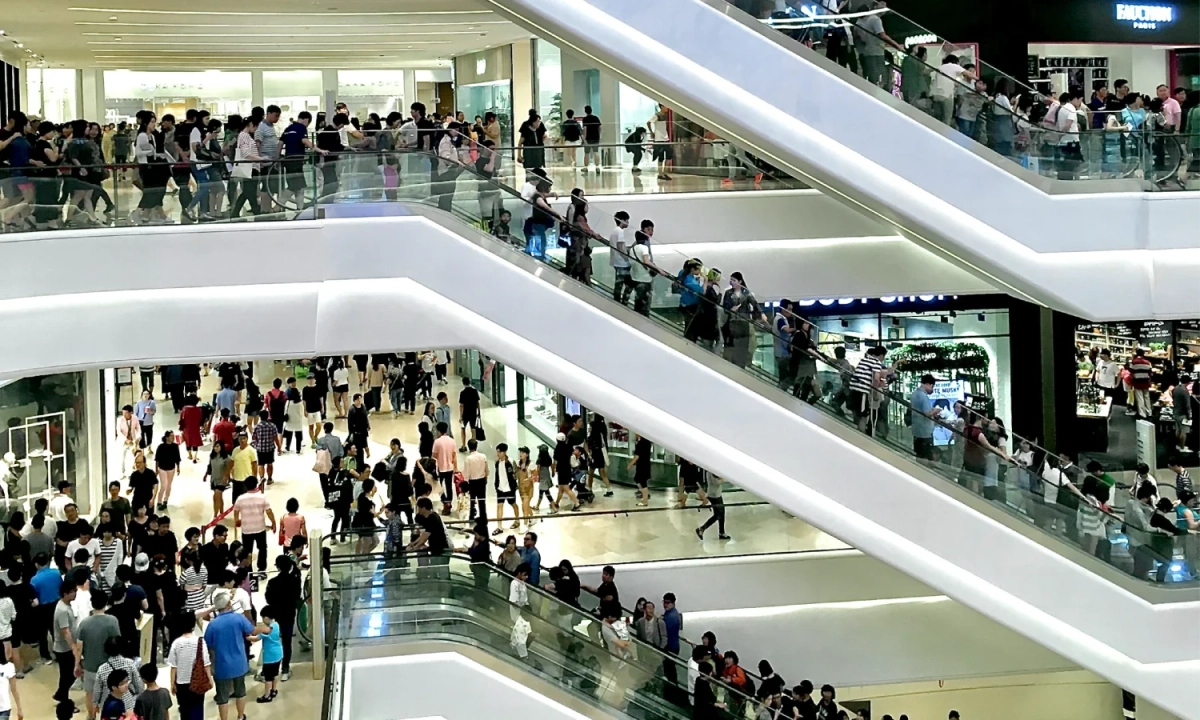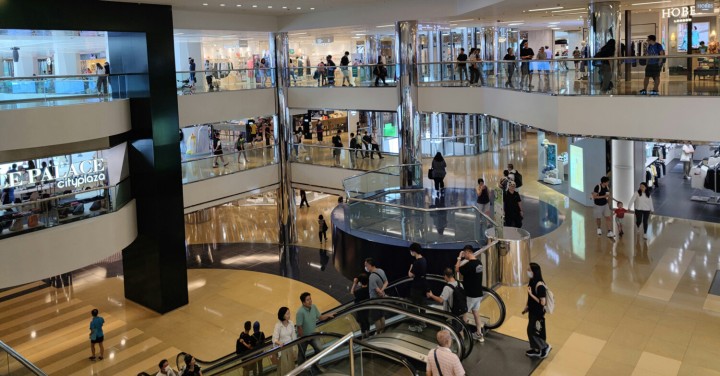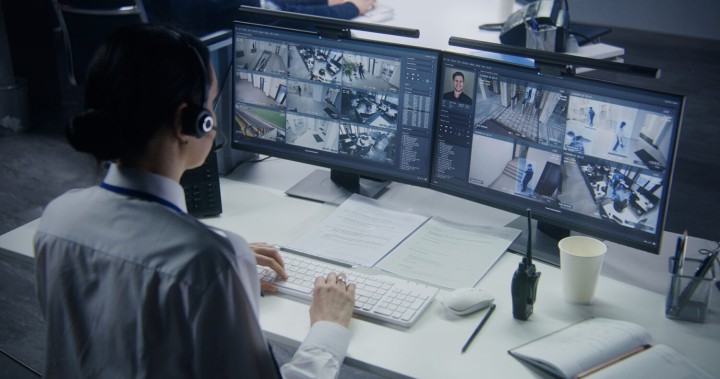After a tough 2024, the UK retail sector continues to feel the weight of economic uncertainty. Last year, consumer confidence remained low, sales growth slowed and rising inflation pushed operating costs higher, testing the sector’s resilience. At the same time, a rise in shoplifting, coupled with a drop in footfall, deepened the strain on profit margins.
Still, according to Rayan Cherri, Global Marketing Manager at Ipsotek, the industry continues to push forward in new and innovative ways.
Responding to these pressures, many retailers are embracing digital transformation, increasingly turning to Artificial Intelligence (AI) as a means of boosting operations, resilience and staying competitive.
AI as a retail essential
AI is now a vital component in how brands and retailers operate and compete. Whether it’s improving efficiency or elevating customer service, AI is increasingly being seen as a key component.
AI encompasses a broad spectrum of technologies, but computer vision – systems that analyse and extract insights from visual, recorded data – is proving particularly powerful. By integrating with existing CCTV infrastructure, computer vision delivers retailers with real-time intelligence that retailers can immediately act on to transform a number of key areas.
Enriching the in-store experience
Beyond transactions, retailers are increasingly using computer vision to reinvent the in-store experience and entice customers away from online-only shopping, offering more interactive and fulfilling customer journeys.
With tools like smart mirrors and AR-powered try-ons, for example, customers can envisage how an item would look without physically trying it on, merging the digital world with real-life browsing.
Computer vision can also help retailers implement smart store design and engagement strategies. It provides actionable insights into customer behaviours, patterns of movements and typical workflows and footfall, helping optimise the placement of promotional displays and better queue management.
Creating fast & frictionless checkout-free shopping
Automated checkout models are another key application. In the move towards more seamless shopping, this technology is helping to deliver fast, frictionless transactions. Automated checkouts – like Amazon Fresh’s Just Walk Out – enable customers to pick up their items and leave the shop without needing to scan or queue, as their purchases are tracked and charged automatically. UK retailers, including Sainsbury’s and Tesco, have also trialled similar systems to cater to increasingly convenience-driven shoppers.
These models eliminate the gripes associated with in-store shopping, such as long queues and manual scanning, and make for a seamless and overall more enjoyable experience. By integrating computer vision, automated checkout models can verify purchases in real-time with greater accuracy, reducing errors and accelerating the transaction process.
Moreover, they provide operational benefits by enabling better resourcing. With fewer staff on the shop floor, managers can reassign staff to more valuable, customer-facing positions or reduce the number completely, resulting in a more efficient, profitable store and satisfied customers.
Tackling shrink and safety with smart surveillance
Shoplifting remains a big challenge for retailers. AI-powered security is therefore becoming more popular in the battle to tackle losses.
Unlike traditional surveillance, which relies on human observation, computer vision can detect suspicious activity automatically and alert security teams before incidents occur.
It can also flag potential hazards and high-risk areas, such as a blocked exit or misplaced object, helping ensure a safer environment for staff and customers.
Strengthening supply chains and forecasting demand
AI’s value also extends well beyond the shop floor – indeed, it’s making some of its most significant impacts back-of-house and within the wider retail supply chain, transforming inventory management, logistics and demand forecasting.
Sudden peaks in demand that require stock to be effectively tracked, measured and located, both in stores and in warehouses to ensure fast fulfilment, can benefit from computer vision’s capabilities.
When combined with predictive analytics, the technology gives retailers the tools not just to respond to demand spikes, but to anticipate them. By monitoring sales patterns in real-time and analysing customer behaviour, AI-generated insights can give retailers the edge they need to stay ahead in a fast-moving market.
A vision for the future
Looking ahead, AI is set to play an even bigger role in how retail operates. Stores will become smarter, more adaptive and increasingly tailored to both customer expectations and business needs.
Computer vision will play a key role here, helping retailers embrace this technology will create the ideal shopping environment and set the benchmark for what shopping will look like for years to come.
Originally published on Retail Rewired



